Lighting plays a crucial role in creating the perfect ambiance in any bedroom. Whether you use your bedroom for sleeping, reading, or unwinding after a long day, the right lighting can make all the difference.
Bedroom Lights Ideas is not just about brightening up the space; it’s about creating an environment that promotes relaxation, enhances functionality, and reflects your personal style.
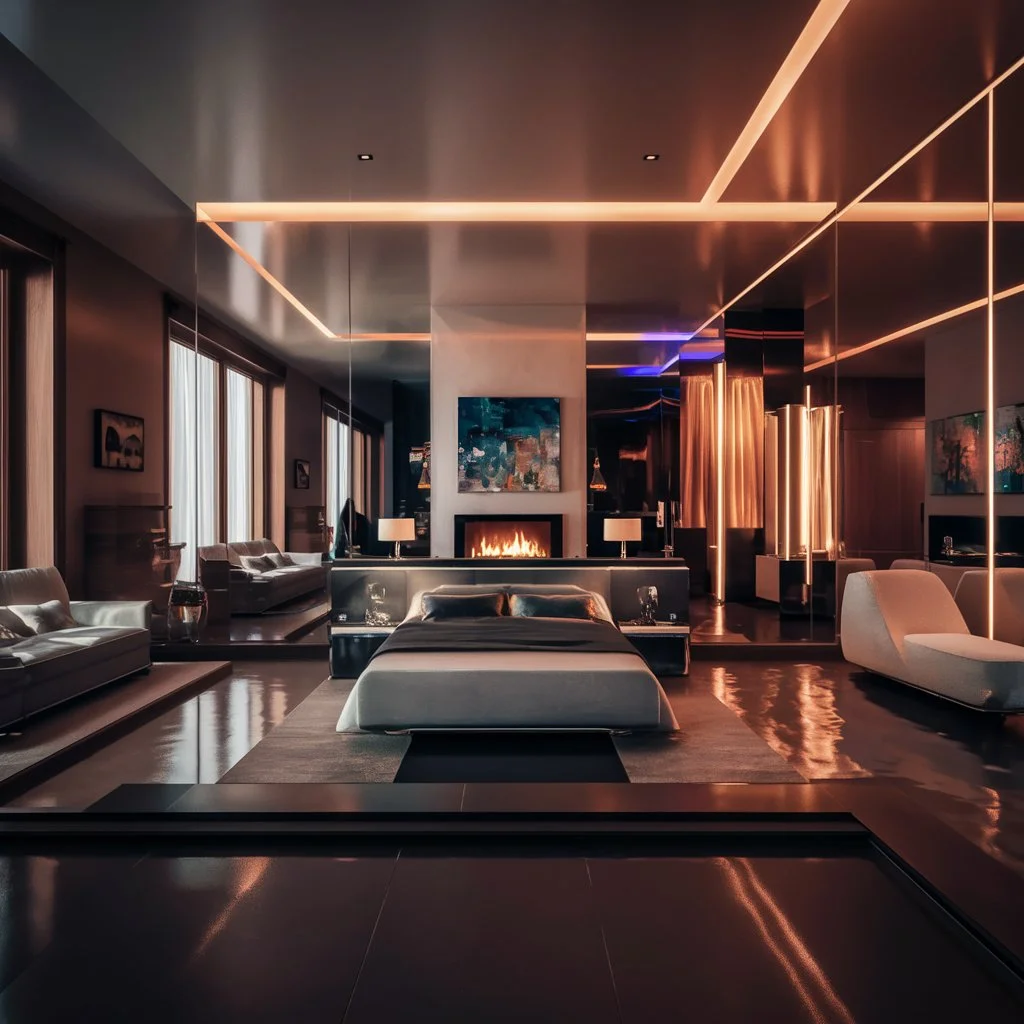
Importance of Good Lighting in the Bedroom
Good lighting is essential in the bedroom for several reasons. Firstly, it sets the mood. Soft, warm lighting can make a room feel cozy and inviting, perfect for winding down at night.
On the other hand, brighter, cooler lighting is ideal for tasks like reading or getting dressed. Secondly, proper lighting can improve the functionality of the space.
Having different types of lighting, such as bedside lamps for reading or overhead lights for general illumination, ensures that the room is versatile and meets all your needs.
Lastly, good lighting can highlight the room’s décor, making the space more visually appealing and harmonious.
Balancing Functionality and Aesthetics
When it comes to bedroom lighting, striking the right balance between functionality and aesthetics is key.
Functional lighting ensures that you have adequate illumination for various activities, while aesthetic lighting enhances the room’s overall look and feel. It’s about finding the right mix of practical light sources and decorative fixtures that complement your style.
For example, a stylish chandelier can serve as both a focal point and a source of ambient light, while sleek bedside lamps can provide targeted light for reading and add to the room’s décor.
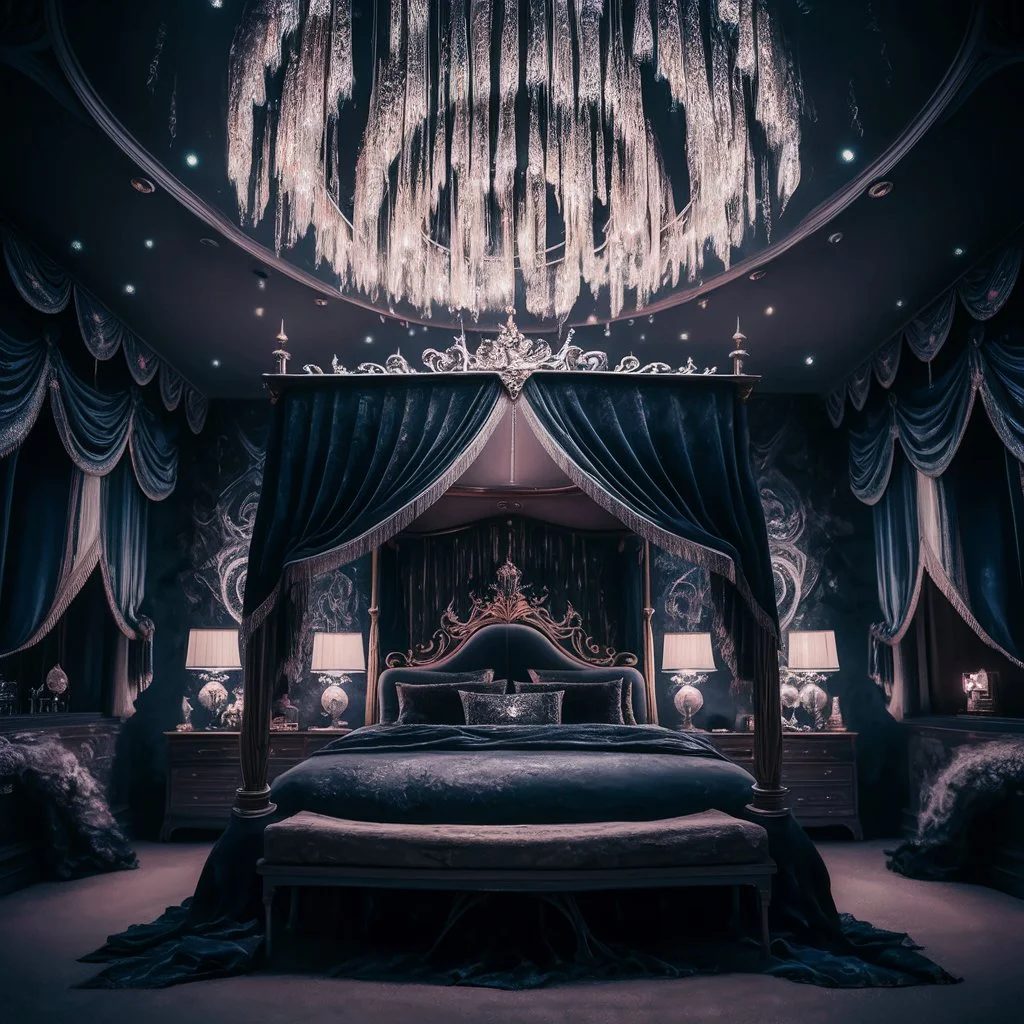
Bedroom Lights Ideas
We will explore various ideas for bedroom lighting that combine both functionality and aesthetics. We will start by discussing the basic concepts of bedroom lighting, including the different types of lighting and their purposes.
Then, we will delve into specific ideas for functional lighting, such as overhead lights, task lights, and ambient lighting options.
Following that, we will look at aesthetic lighting ideas, including statement fixtures, mood lighting, and decorative elements.
Additionally, we will provide Bedroom Lights Ideas on how to choose the right lighting for your bedroom, taking into consideration factors like room size, natural light availability, and personal preferences.
We will also touch on smart lighting solutions and how they can enhance both functionality and aesthetics.
Finally, we will discuss energy efficiency and sustainability in lighting choices, and share some DIY lighting projects for those who enjoy a hands-on approach.
By the end of this article, you will have a comprehensive guide to creating the perfect lighting setup in your bedroom, one that not only meets your functional needs but also enhances the overall aesthetic of your space.
Basic Concepts of Bedroom Lighting
Lighting is one of the most critical elements in designing a bedroom. It not only serves practical purposes but also sets the tone and mood of the space.
Understanding the basic concepts of bedroom lighting can help you create a comfortable, functional, and visually appealing environment.
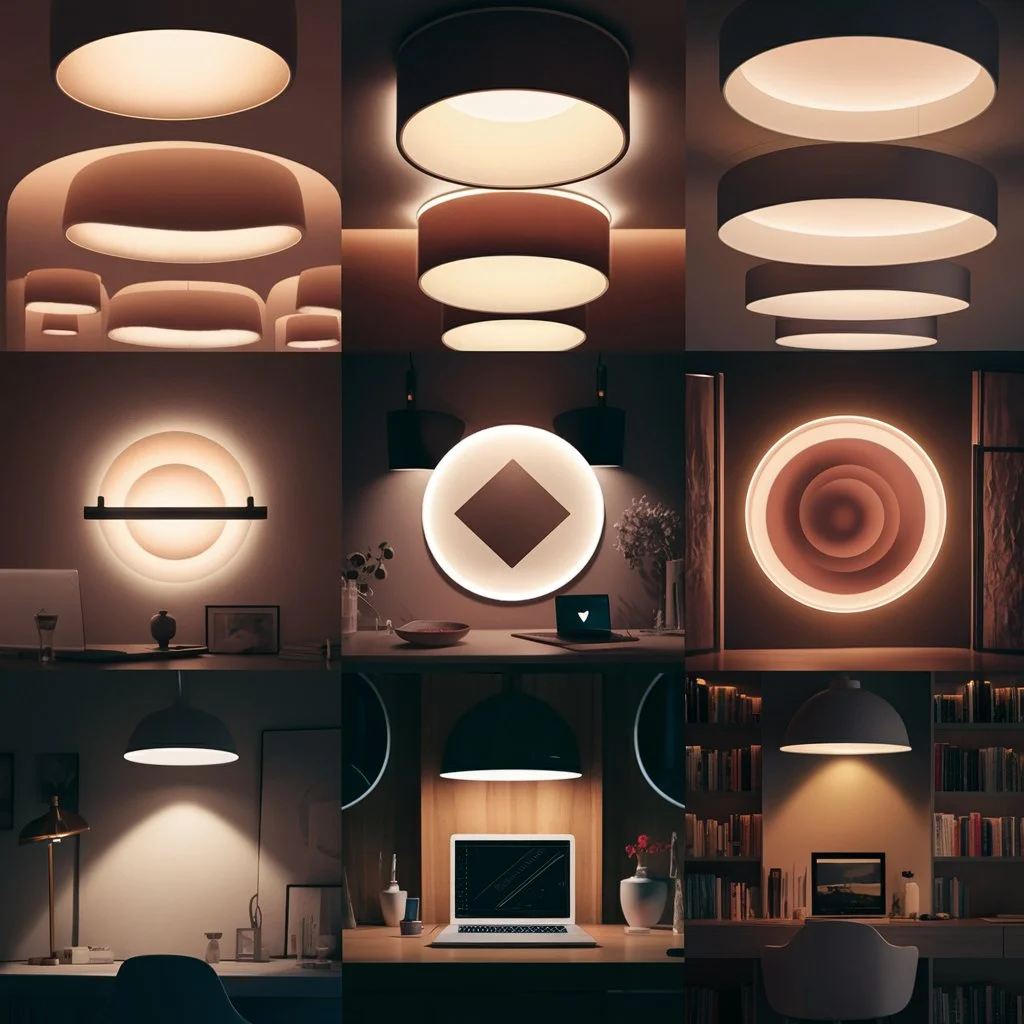
Types of Lighting: Ambient, Task, Accent
Ambient Lighting
Ambient lighting provides overall illumination for a room. It’s the primary source of light and is designed to create a uniform level of brightness throughout the space.
Examples: Ceiling-mounted fixtures, chandeliers, recessed lighting, and floor lamps.
Purpose: Ambient lighting allows you to move around safely and comfortably, ensuring the room is adequately lit.
Task Lighting
Task lighting is focused lighting intended for specific activities such as reading, writing, or dressing.
Examples: Bedside lamps, reading lights, desk lamps, and vanity lights.
Purpose: This type of lighting provides targeted illumination to make tasks easier and reduce eye strain.
Accent Lighting
Accent lighting is used to highlight certain features or areas within a room, adding depth and dimension to the space.
Examples: Wall sconces, picture lights, track lighting, and LED strips.
Purpose: Accent lighting draws attention to architectural features, artwork, or decorative elements, creating visual interest and enhancing the room’s aesthetics.
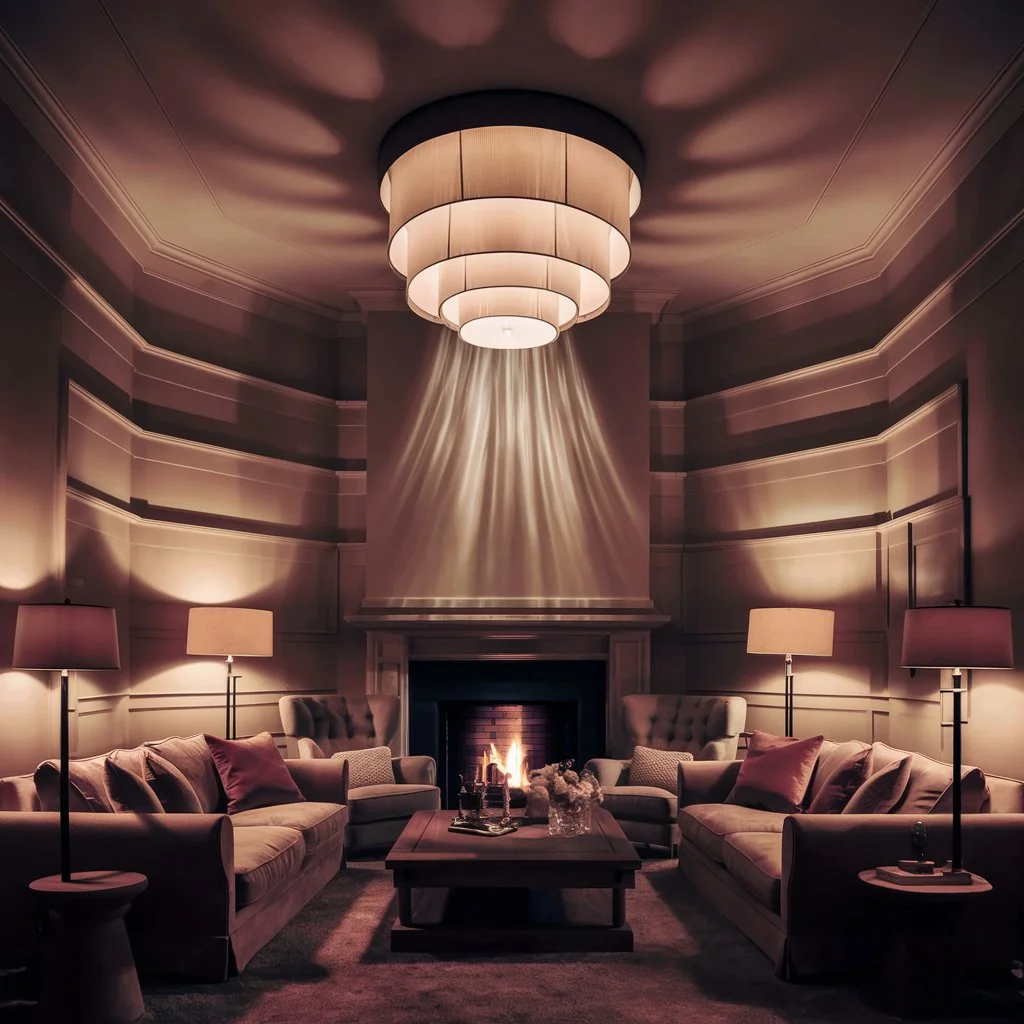
Importance of Layered Lighting
Layered lighting involves combining different types of lighting to achieve a balanced and versatile illumination scheme.
By layering ambient, task, and accent lighting, you can create a dynamic and adaptable lighting environment that meets various needs and preferences.
Versatility: Layered lighting allows you to adjust the illumination based on the time of day and the activities you’re engaging in. For instance, you can use bright ambient lighting during the day and switch to softer accent lighting in the evening to create a relaxing atmosphere.
Depth and Dimension: Using multiple layers of light adds depth and dimension to a room, making it feel more spacious and visually interesting.
Functionality and Style: Layered lighting ensures that all functional needs are met without compromising on style. It allows you to blend practical lighting solutions with decorative fixtures seamlessly.
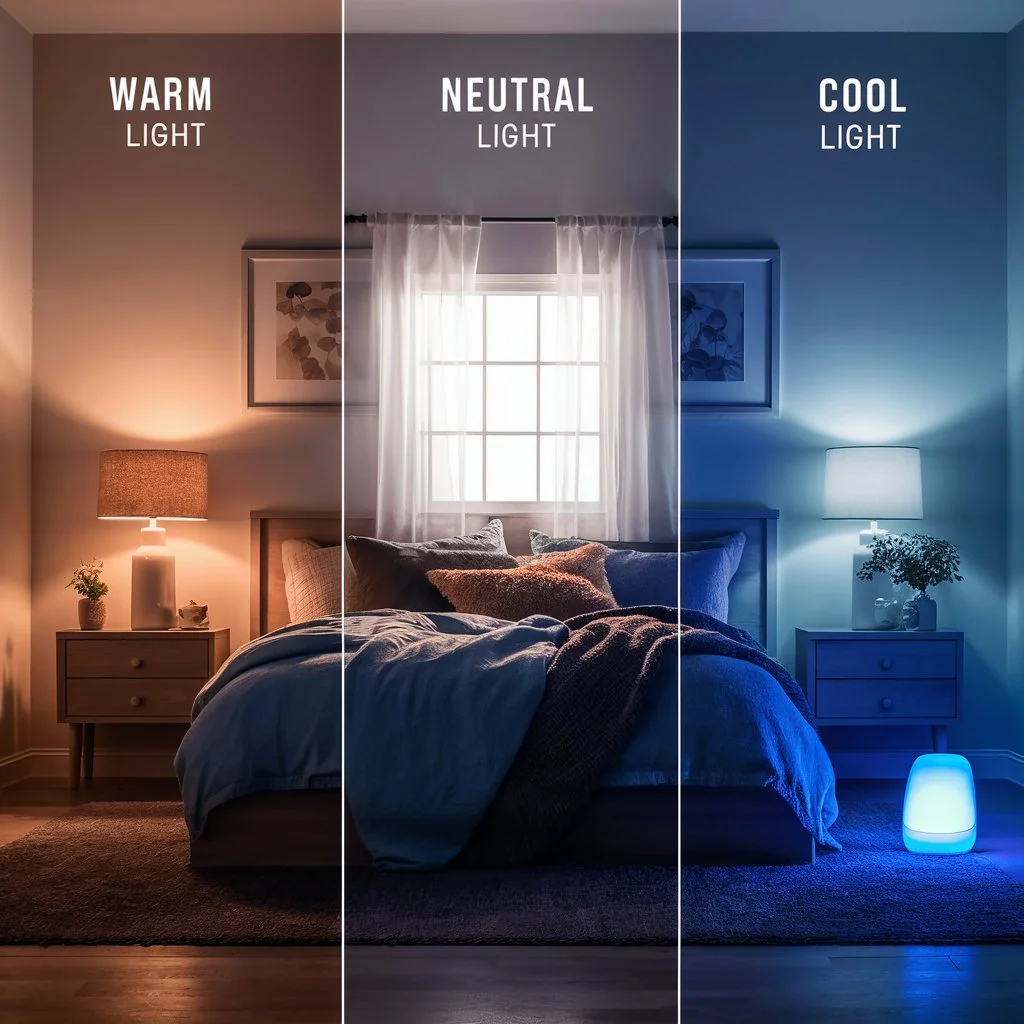
Understanding Light Temperatures: Warm, Neutral, Cool
Light temperature, measured in Kelvin (K), refers to the color tone of the light emitted by a bulb. Different light temperatures can have a significant impact on the mood and functionality of a room.
Warm Light (2700K – 3000K)
Characteristics: Warm light has a yellowish tone, similar to the light emitted by traditional incandescent bulbs.
Effects: It creates a cozy, inviting, and relaxing atmosphere, making it ideal for bedrooms and living spaces.
Use Cases: Bedside lamps, ambient lighting, accent lights.
Neutral Light (3500K – 4100K)
Characteristics: Neutral light is more balanced, with a white tone that is neither too warm nor too cool.
Effects: It provides a clean, natural light that is comfortable for the eyes and suitable for a variety of activities.
Use Cases: Overhead lighting, reading lights, vanity lights.
Cool Light (5000K – 6500K)
Characteristics: Cool light has a bluish tone, similar to daylight.
Effects: It enhances alertness and visibility, making it suitable for task-oriented spaces where detail and clarity are important.
Use Cases: Desk lamps, task lights, areas requiring focused illumination.
Understanding these basic concepts of bedroom lighting can help you make informed decisions when designing your lighting scheme.
By combining different types of lighting, layering them effectively, and choosing the right light temperatures, you can create a bedroom that is both functional and aesthetically pleasing.
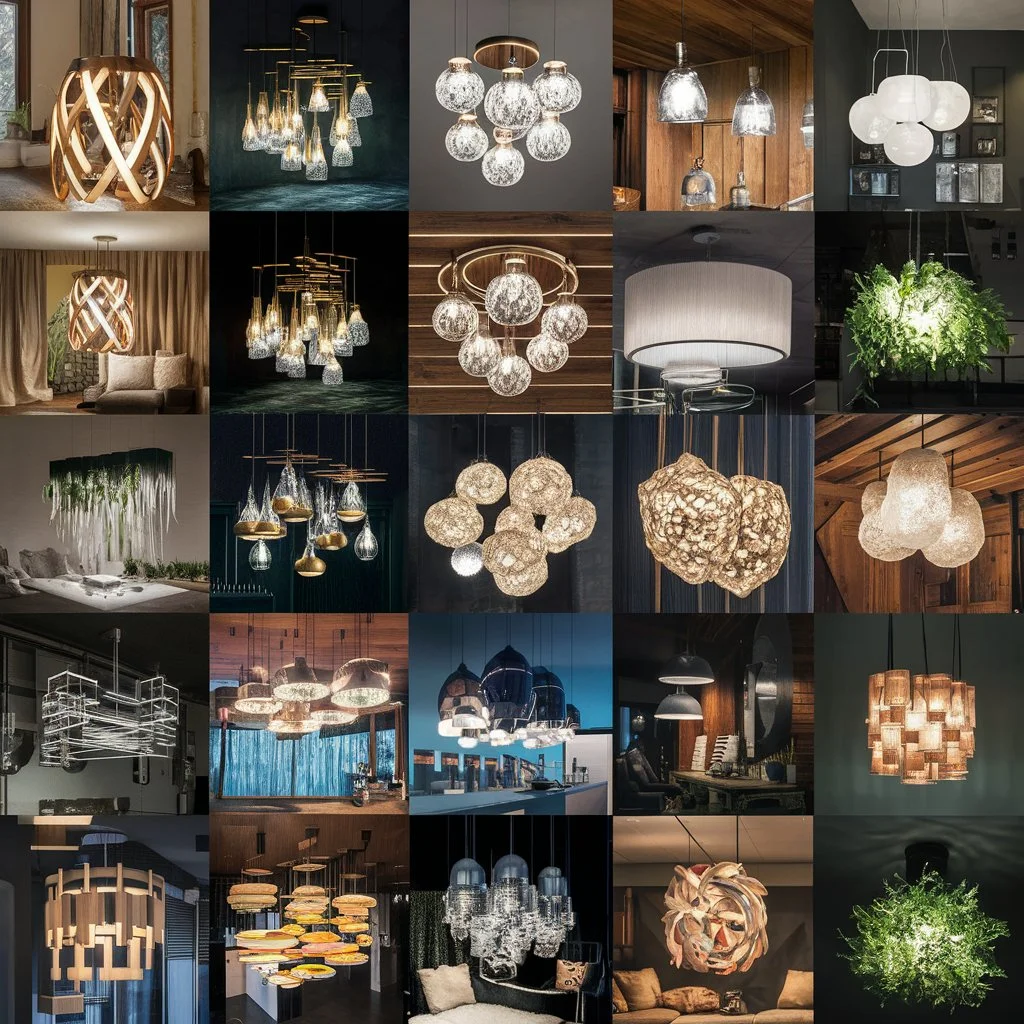
Functional Lighting Ideas
Choosing the right functional lighting is essential for creating a bedroom that is both practical and comfortable.
Here are some ideas for overhead lighting, task lighting, and ambient lighting to ensure your bedroom is well-lit and versatile.
Overhead Lighting
Chandeliers
Description: Chandeliers are decorative ceiling fixtures that often feature multiple branches or arms with light bulbs. They come in various styles, from traditional to modern.
Benefits: Chandeliers provide ample light and serve as a stunning focal point in the room. They can add a touch of elegance and sophistication to your bedroom decor.
Ceiling Fans with Lights
Description: These fixtures combine lighting with a ceiling fan, offering both illumination and air circulation.
Benefits: Ceiling fans with lights are a practical choice for bedrooms, helping to keep the room cool while providing adequate lighting. They are available in various styles to match your decor.
Pendant Lights
Description: Pendant lights hang from the ceiling by a rod, chain, or cord. They can be used individually or in multiples to provide focused lighting.
Benefits: Pendant lights are versatile and can be positioned over specific areas like the bed or a reading nook. They add a stylish and contemporary touch to the room.
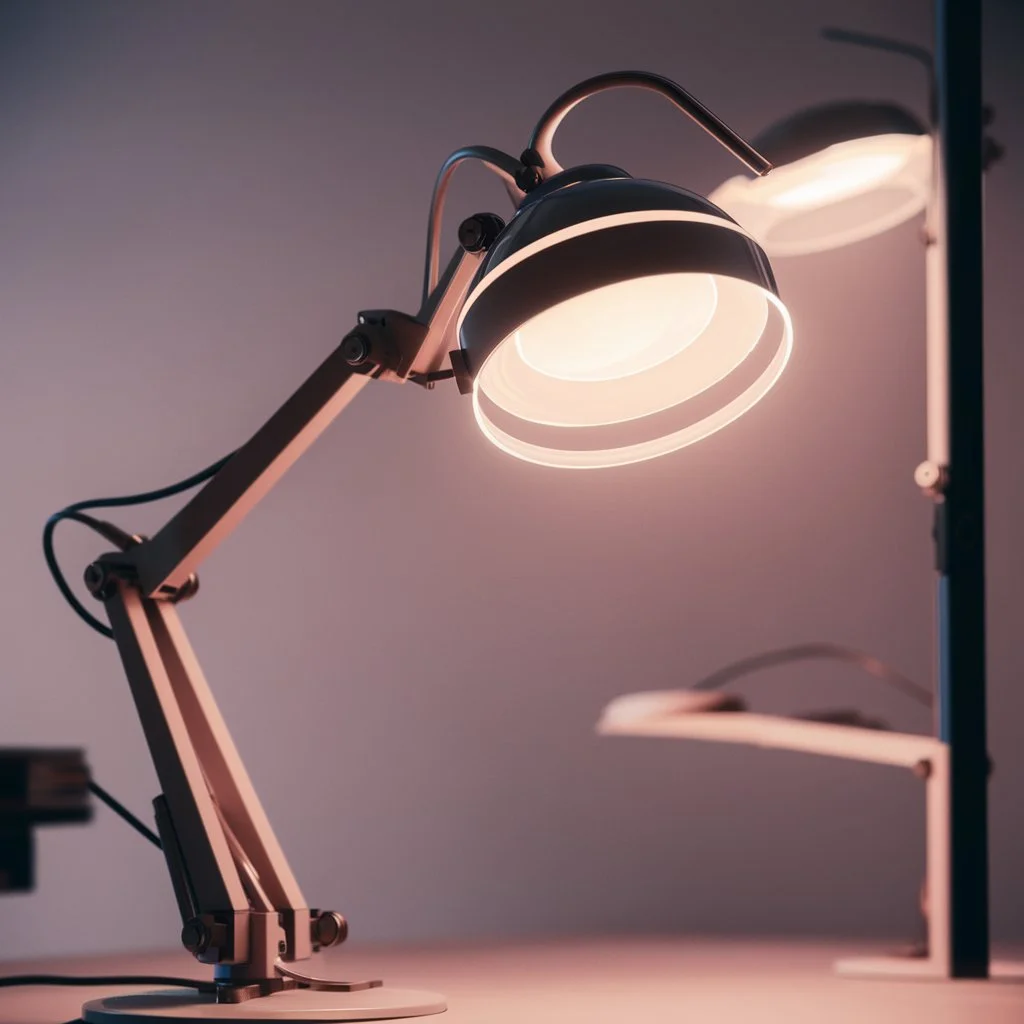
Task Lighting
Bedside Lamps
Description: Bedside lamps are placed on nightstands or mounted on the wall next to the bed.
Benefits: These lamps provide focused light for reading or other activities done in bed. They are also convenient for turning on and off without getting up.
Reading Lights
Description: Reading lights are designed to offer concentrated light, often in a flexible or adjustable format.
Benefits: They reduce eye strain by providing direct light where it is needed, making them perfect for bedtime reading or other detailed tasks.
Desk Lamps
Description: Desk lamps are designed for workspaces, offering focused light that can be adjusted for different tasks.
Benefits: Ideal for a bedroom desk or study area, desk lamps ensure proper illumination for writing, studying, or working on a computer.
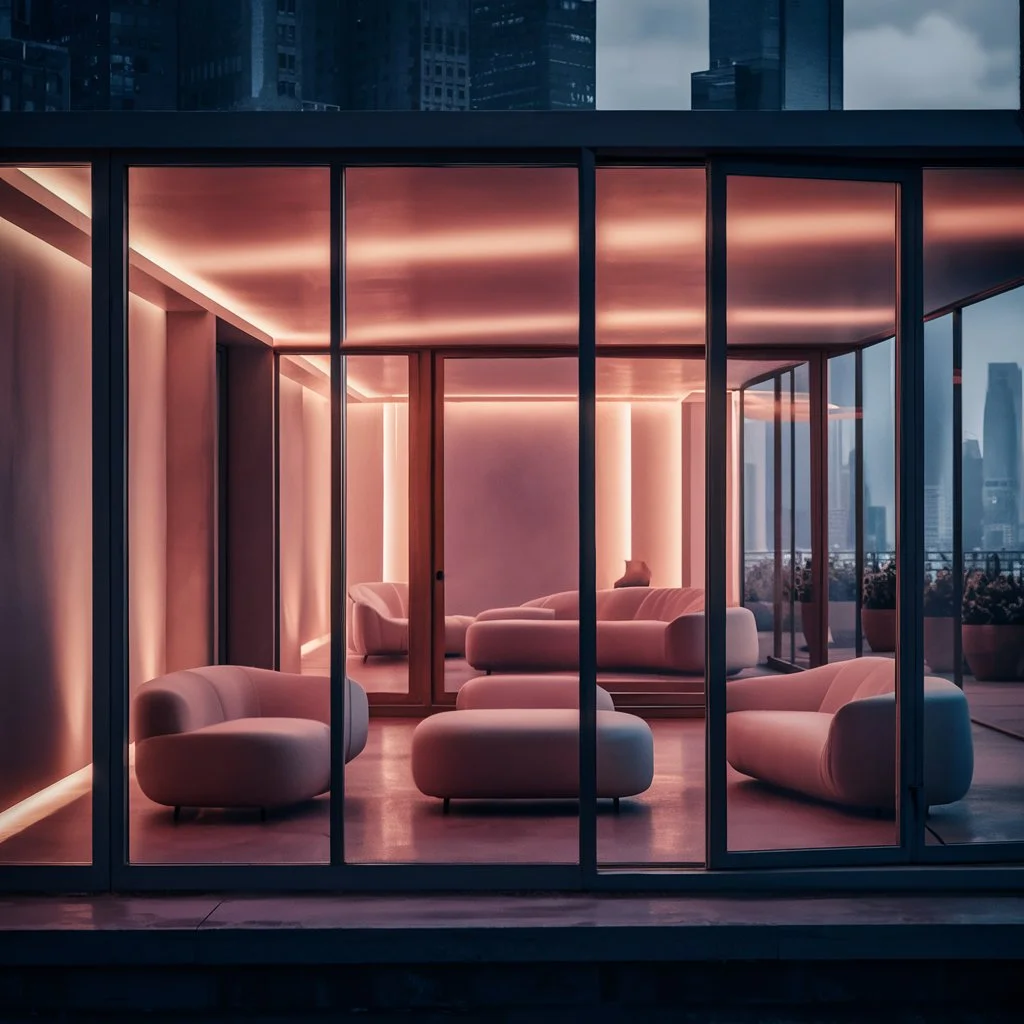
Ambient Lighting
Dimmable Lights
Description: Dimmable lights allow you to adjust the brightness of the light to suit different moods and activities.
Benefits: They provide versatility, enabling you to create a bright, energetic environment during the day and a soft, relaxing atmosphere at night.
Wall Sconces
Description: Wall sconces are mounted on the walls and can direct light upwards, downwards, or both ways.
Benefits: They save space and add an elegant touch to the room. Wall sconces can be used to highlight artwork or architectural features, providing ambient lighting without occupying floor or table space.
Recessed Lighting
Description: Recessed lights are installed into the ceiling, providing a clean, unobtrusive source of light.
Benefits: These lights offer a modern look and can be used for general illumination or accent lighting. They are ideal for low-ceiling rooms and provide an even spread of light throughout the space.
By incorporating these functional lighting ideas into your bedroom, you can create a well-lit environment that meets all your needs.
From overhead fixtures that provide general illumination to task-specific lights and ambient options that set the mood, a balanced lighting scheme can enhance both the functionality and aesthetic appeal of your bedroom.
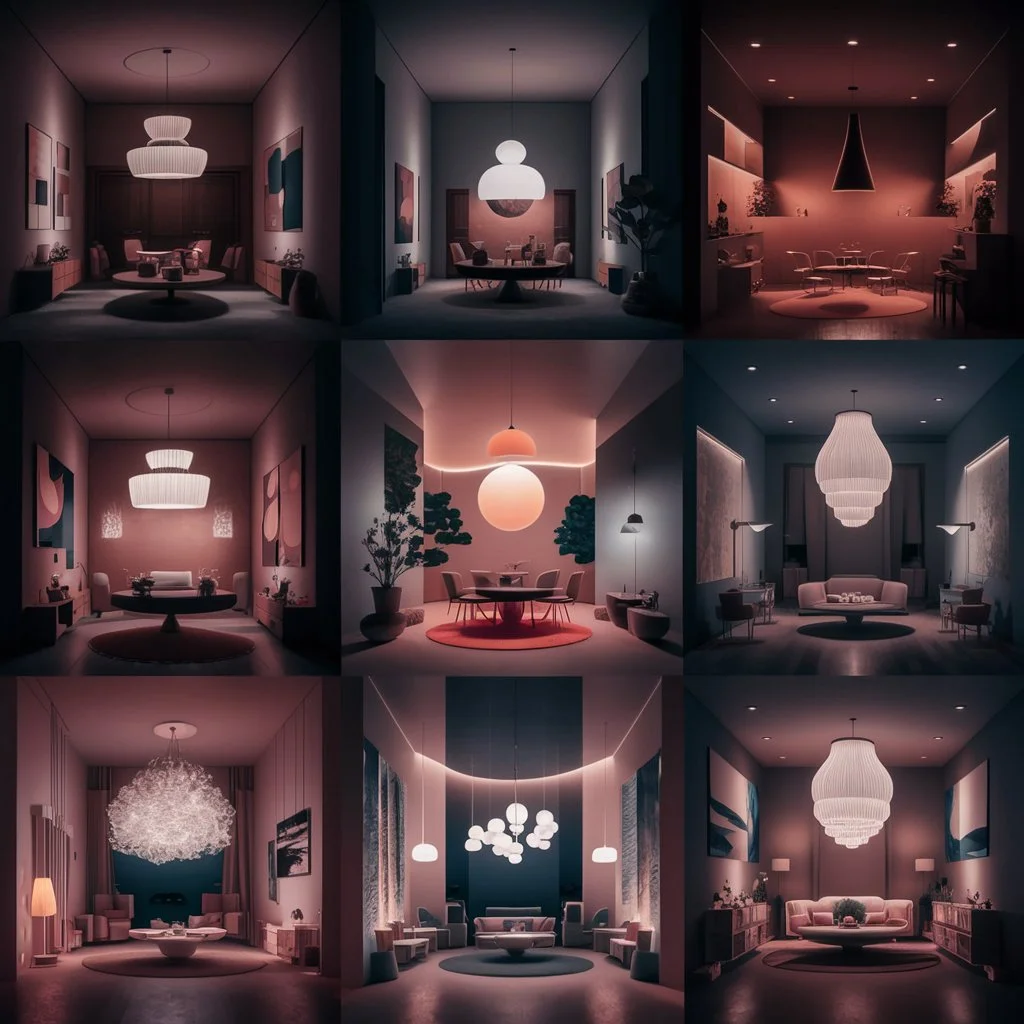
Aesthetic Lighting Ideas
Creating a visually appealing bedroom involves more than just functional lighting. Incorporating aesthetic lighting ideas can enhance the ambiance and make your bedroom a cozy, inviting space. Here are some suggestions:
Statement Fixtures
Decorative Chandeliers
Description: Chandeliers are elegant ceiling fixtures that add a touch of sophistication to any room.
Benefits: They serve as a focal point, drawing attention and adding a layer of luxury to your bedroom decor.
Unique Pendant Lights
Description: Pendant lights hang from the ceiling and come in various shapes, sizes, and styles.
Benefits: They can be positioned strategically to highlight specific areas and add a contemporary flair to the room.
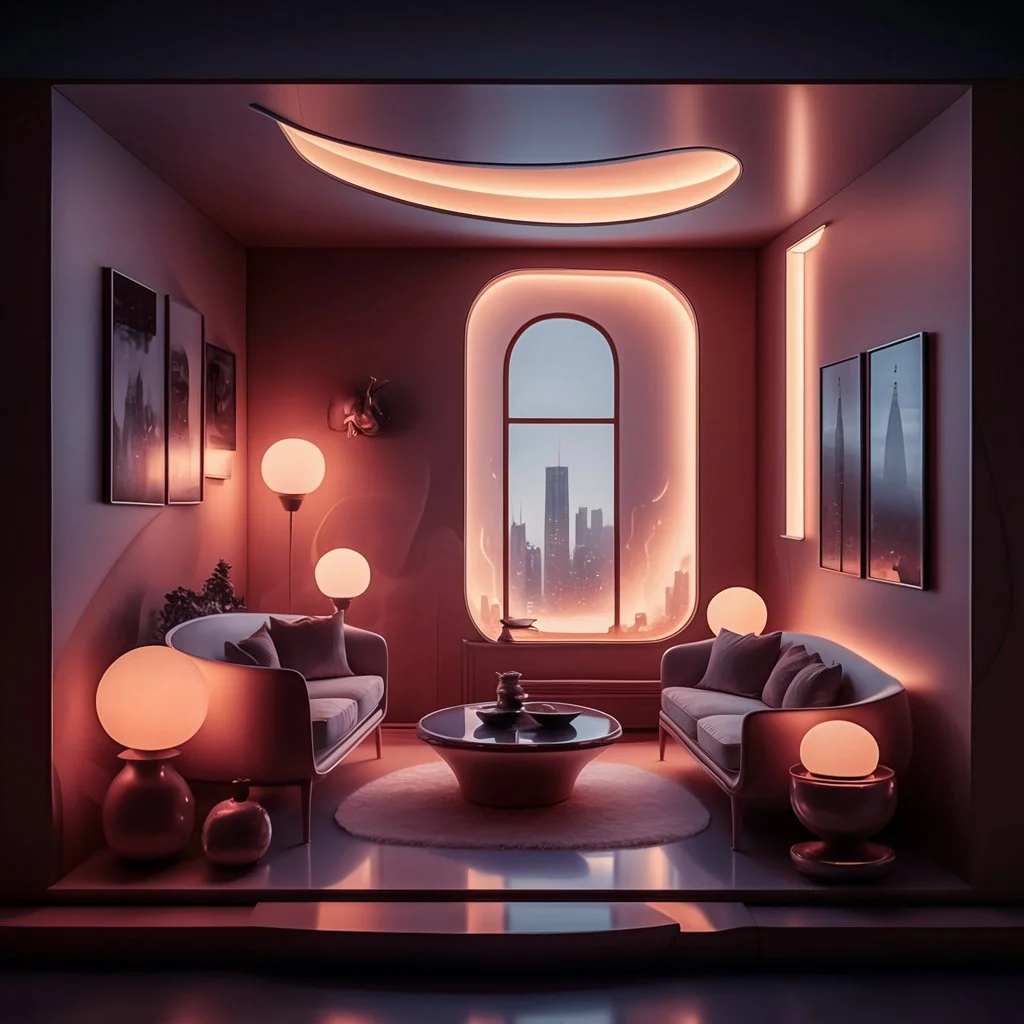
Mood Lighting
LED Strips
Description: LED strips are flexible strips with tiny LED bulbs, often adhesive-backed for easy installation.
Benefits: They are versatile, energy-efficient, and can be used to create subtle, ambient lighting along walls, under beds, or behind furniture.
Smart Bulbs with Color Change
Description: Smart bulbs can change colors and brightness levels via a smartphone app or voice commands.
Benefits: They offer customizable lighting options, allowing you to set the perfect mood for any occasion.
Decorative Elements
Fairy Lights
Description: Fairy lights are small, twinkling lights usually on a thin wire.
Benefits: They add a magical, whimsical touch to the bedroom and can be draped around bed frames, mirrors, or windows.
Lanterns
Description: Lanterns can be traditional or modern, using candles or electric lights.
Benefits: They create a warm, cozy atmosphere and can be used as accent pieces on nightstands or shelves.
String Lights
Description: String lights consist of a series of small bulbs connected by a wire.
Benefits: They are versatile and can be hung across walls, ceilings, or around furniture to add a soft, festive glow.
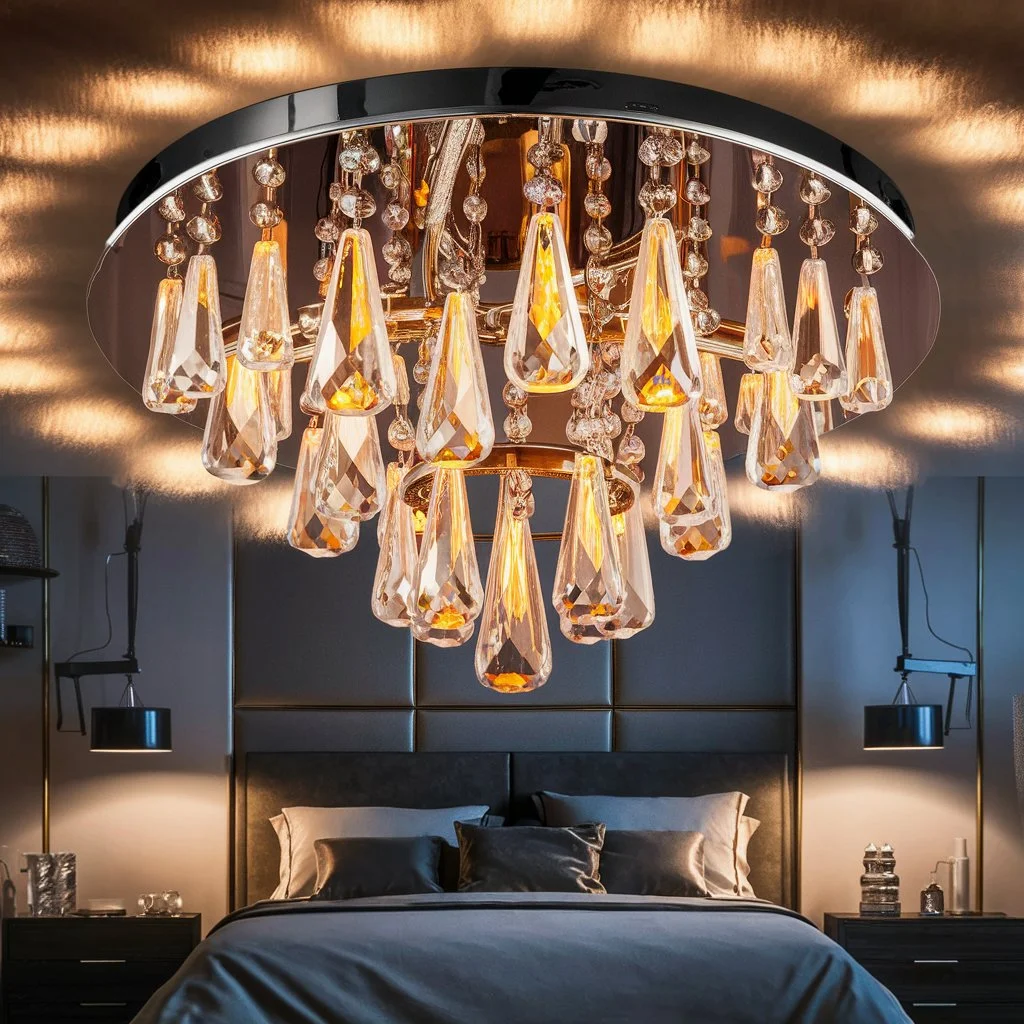
Combining Functionality and Aesthetics
Matching Lighting to Room Decor
Tip: Choose fixtures that complement your bedroom’s style and color scheme for a cohesive look.
Using Light to Highlight Architectural Features
Tip: Use accent lighting to draw attention to unique architectural elements such as alcoves, beams, or artwork.
Incorporating Dimmers for Versatility
Tip: Install dimmer switches to adjust the light intensity according to the activity or mood, adding both functionality and ambiance.
Tips for Choosing the Right Bedroom Lighting
Consider the Size of the Room
Tip: Larger rooms may require multiple light sources to ensure even illumination, while smaller rooms benefit from fewer, strategically placed lights.
Think About the Primary Use of the Bedroom
Tip: If your bedroom doubles as a workspace or reading area, prioritize task lighting. For purely restful spaces, focus on ambient and mood lighting.
Factor in Natural Light Availability
Tip: Take advantage of natural light during the day and supplement it with artificial lighting as needed, considering window placements and potential obstructions.
Blend Different Lighting Types for Balance
Tip: Combine ambient, task, and accent lighting to create a balanced and versatile lighting scheme.

Smart Lighting Solutions
Benefits of Smart Lighting
Efficiency: Smart lighting systems can be controlled remotely, allowing you to adjust lighting without getting up.
Customization: You can set schedules, dim lights, and change colors to match your mood or activities.
Examples of Smart Lighting Systems
Philips Hue
LIFX
Amazon Echo-Integrated Bulbs
How to Integrate Smart Lighting into Your Bedroom
Tip: Start with a few smart bulbs and a hub, then expand your system as needed. Use voice commands or smartphone apps to control your lighting setup.
Energy Efficiency and Sustainability
Using LED Lights
Tip: LEDs are energy-efficient, long-lasting, and available in various colors and brightness levels.
Choosing Energy-Efficient Fixtures
Tip: Look for fixtures with the ENERGY STAR label to ensure they meet energy efficiency standards.
Benefits of Sustainable Lighting Choices
Tip: Sustainable lighting reduces energy consumption, lowers utility bills, and minimizes your carbon footprint.
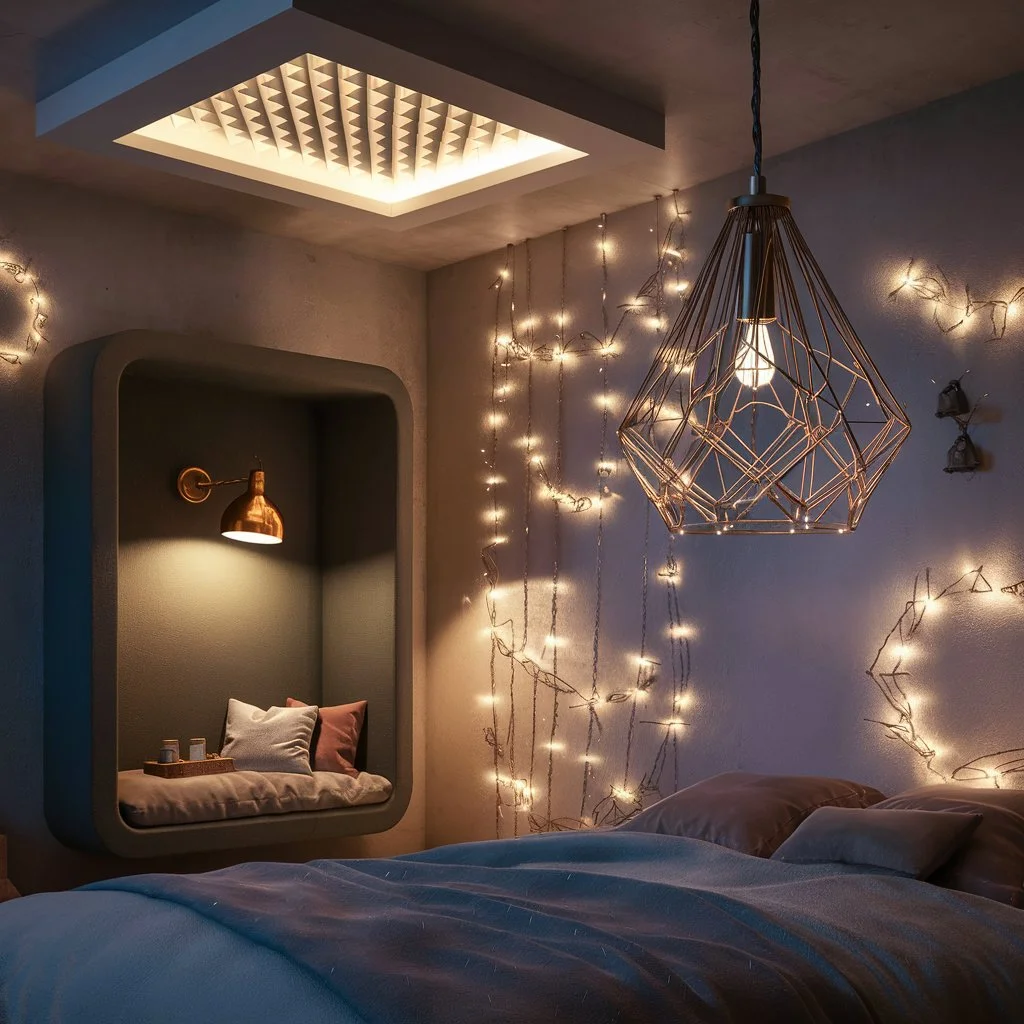
DIY Lighting Projects
Simple DIY Ideas for Personalized Lighting
Tip: Create custom lampshades, decorate existing fixtures, or build your own light fixtures using everyday items.
Upcycling Old Fixtures
Tip: Repurpose old jars, bottles, or other materials to create unique, eco-friendly light fixtures.
Creative Uses of Everyday Items
Tip: Use items like paper lanterns, mason jars, or fabric to craft personalized lighting solutions that add character to your bedroom.
Creating the perfect bedroom lighting involves a mix of functionality and aesthetics. By understanding the different types of lighting and how to layer them effectively, you can design a bedroom that is both practical and beautiful.
Don’t be afraid to experiment with different Bedroom Lights Ideas, from statement fixtures to smart bulbs and DIY projects. Remember, the right lighting can transform your bedroom into a cozy, inviting retreat.

Pingback: Stylish Wall Lights to Transform Your Bedroom